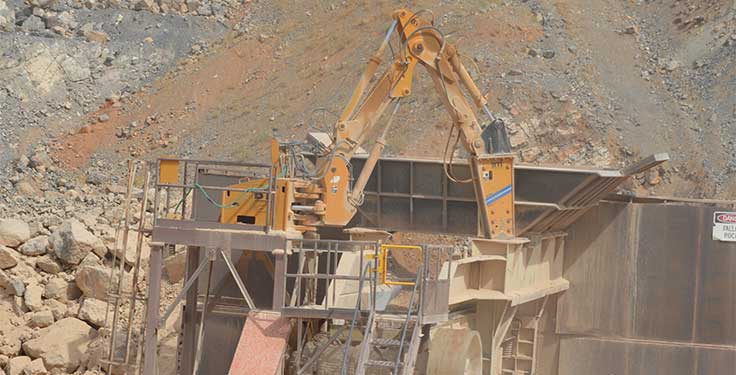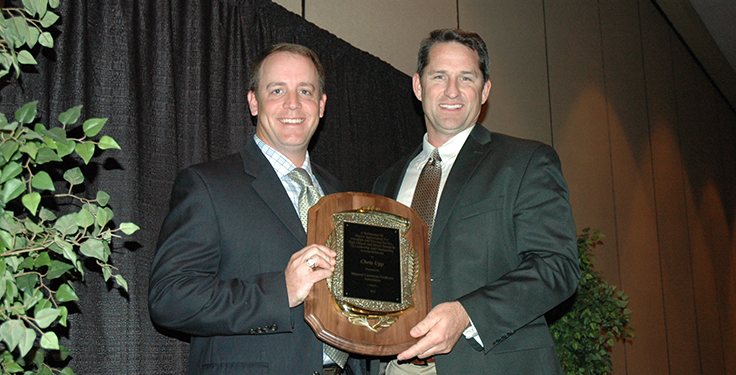
The Associated Builders & Contractors (ABC) released a pair of analyses looking at national nonresidential construction spending and construction job openings.
Per an analysis of U.S. Census Bureau data, nonresidential construction spending increased 0.3 percent in September. On a seasonally adjusted annualized basis, nonresidential spending totaled $1.1 trillion.
Spending was down on a monthly basis in nine of 16 nonresidential subcategories. Private nonresidential spending increased 0.1 percent, while public nonresidential construction spending was up 0.5 percent in September.
“Nonresidential construction spending increased for the 16th straight month in September,” says Anirban Basu, ABC’s chief economist. “While some private categories, including power, commercial, and amusement and recreation saw healthy month-over-month increases, publicly financed construction accounted for more than 72 percent of September’s rise. Given increased federal infrastructure spending and exorbitant financing costs for private construction, that dynamic should remain firmly in place over the coming months.”
Basu adds that manufacturing construction, though it experienced a slight spending decrease in September, remains the top performer in the nonresidential sector.
“Spending in the category is up 62 percent over the past year and accounts for nearly 43 percent of the year-over-year increase in nonresidential construction put in place,” he says. “With several industrial megaprojects ongoing, spending in the manufacturing segment will remain elevated for several quarters.”
Job openings
An ABC analysis of the U.S. Bureau of Labor Statistics’ Job Openings & Labor Turnover Survey found the construction industry had 431,000 job openings on the last day of September.
Industry job openings increased by 56,000 in September but are down 35,000 from the same time last year.
“The number of open, unfilled construction positions surged in September and currently stands at the highest level since December 2022,” Basu says. “This mirrors an increase in economy-wide job openings, which, at 9.6 million, remains about 37 percent higher than at the start of the COVID-19 pandemic.”
He adds that there are signs the labor market is improving for contractors, though.
“The rate at which construction workers are quitting their jobs has normalized, with just 1.8 percent leaving their employers in September,” Basu says. “While that’s a welcome development, labor shortages remain a pressing issue for the industry.
“Contractors laid off or discharged just 1.9 percent of workers in September, down from 2.2 percent in August and 2.5 percent in September 2022,” he adds. “With a majority of contractors planning to increase their staffing levels over the next six months, according to ABC’s Construction Confidence Index, labor shortages will remain a pressing issue heading into 2024.”











